新加坡如何做到低价优质的医疗服务?(二)
前几天我们提到新加坡医疗,本次文章深入了解一下,大概我们分了四部分来完成对整个新加坡医疗的分析。
原文来自《财富》杂志,后面会附上英文,原文内容大量引用了肖恩·弗林的书籍,主要在与美国医疗进行比对,我们都知道美国医疗费用高昂,书籍中对美国和新加坡不同医疗体系作出了分析和对比,本篇文章看完后可能会意犹未尽,别着急我们后面还有三和四。
肖恩·马萨基·弗林很重要的而且到目前为止很大程度上被忽视了的书籍《The Cure That Works 》(莱格尼里出版公司出版,售价28.99美元)以简单直白的形式给出了答案。
“医疗确实可以便宜又优质,且人人都能轻易享有。”
最主要的是:拥有安全保障的资本主义起到了作用,新加坡拥有世界上最具自由市场导向性的医疗体系。
相比之下,美国是一个三方体系——医疗提供方、病人以及保险公司/政府。
且第三方是这里的驱动者。例如,医院知道他们的收入更多的取决于他们与保险公司谈判的好坏,而不是病人的满意程度。
这导致了一个非常奇怪的局面——价格几乎从未被公开过!
在新加坡,医疗动力是一个两方体系。病人说了算,就像几乎所有其他市场的消费者一样。从本质上说,所有员工都将他们工资的一部分存入相当于健康储蓄账户的账户里。
但不是政府拥有这些资产。
员工自己从这个账户拿钱支付高额的医疗保险费,以及常规医疗支出。没花完的钱还在这个账户里,且继续增长。因为大部分人都没有慢性疾病,这些账户的总体价值增长,并且现在其价值几乎相当于该国近四年半的年度医疗支出总额。
新加坡这一体系的另一个关键因素:所有卫生保健提供者,包括药房,都必须公开所有价目。泰诺药片中没有隐藏的25美元费用!账单很简单,所以顾客们能够清楚了解他的钱花在了哪些地方。医院和诊所为了生意而竞争,因此,他们以低价提供优质服务。
如果你想住豪华病房,你得付额外的钱;如果你要住普通病房,类似军队营房一样的房间,和其他病人同住,那么你就能省钱。但令人惊讶的是,不管你选择住哪一种,对你的护理都是一样的,因为收入的关系,护理质量没有区别。将这种价格透明度与美国的进行对比。
弗林直接将我们的情况比作一个第三世界的集市,在那里你为了一件商品而和商人讨价还价。
如果不浪费大量的时间,就很难与其他商家进行价格比较。
Sean Masaki Flynn's extraordinarily important—and, so far, largely ignored—
book The Cure That Works (Regnery, $28.99) gives the answers in straightforward prose.
You'll be rubbing your eyes in disbelief: Health care can indeed be inexpensive, first-rate and easily accessible to everyone.
The bottom line: Capitalism with safety nets works! Singapore has the most free-market-oriented medical system anywhere.
The U.S., in contrast, has a third-party system—providers, patients and insurers/government.
And it's the third parties that are the drivers here. Hospitals, for instance,
know their revenues depend more on how well they negotiate with insurers than on how well they satisfy patients.
This leads to the utterly strange situation of prices almost never being posted!?
In Singapore the dynamic is a two-party system. The patient is in charge, just as the consumer is in almost every other market.
Essentially, all workers pay a chunk of their salary into the equivalent of a health savings account.
But they—not the government—own the assets. From that account an employee pays premiums for insurance
MTExLjY1LjM1LjQz
to cover catastrophically expensive medical conditions as well as routine medical expenses.
What isn't spent remains in the account and grows. Because most people don't suffer from chronic conditions,
the overall value of these accounts increases, and they now equal nearly four and a half years' worth of the country's total yearly medical outlays.
Another crucial factor in Singapore's system: All health care providers, including pharmacies, must post the prices of everything.
No hidden $25 charge for a Tylenol pill! Bills are simple so that the customer understands exactly what he or she is being charged for.
Hospitals and clinics compete for a patient's business; thus, they provide good service at low cost.
If you want a fancy hospital room, you'll pay extra; if you want a bare-bones one,
where you're in a space resembling an army barracks with plenty of other patients, you'll save money.
But what's amazing is that regardless of your choice, the care is the same! There's no distinction in the quality of care because of income.
Contrast this pricing transparency with what we have in the U.S.
Flynn rightly compares our situation with a Third World bazaar, where you haggle with a merchant for an item.
It's hard to make price comparisons with other merchants without spending an inordinate amount of time.




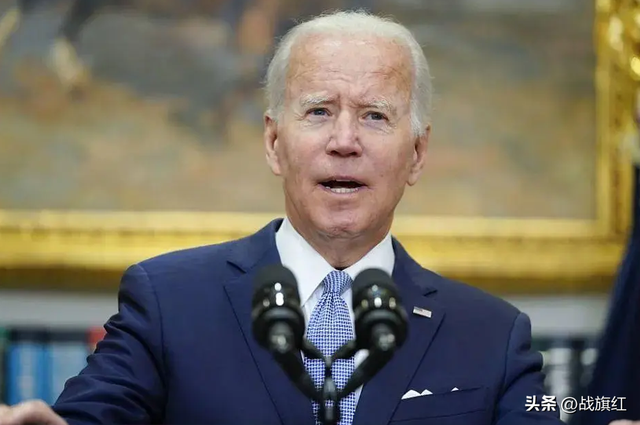
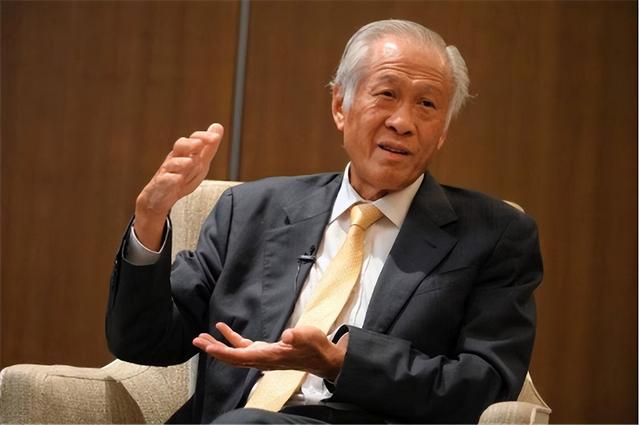
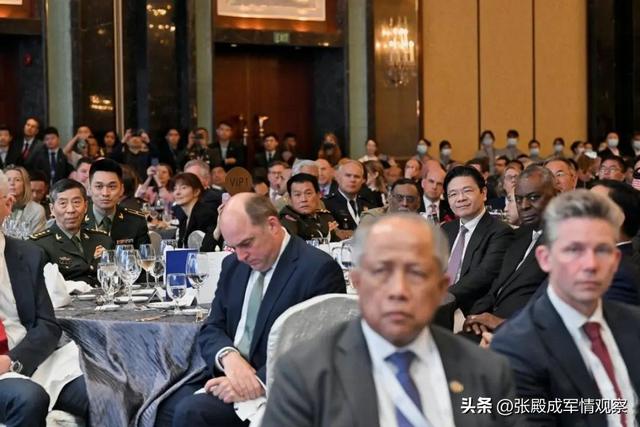
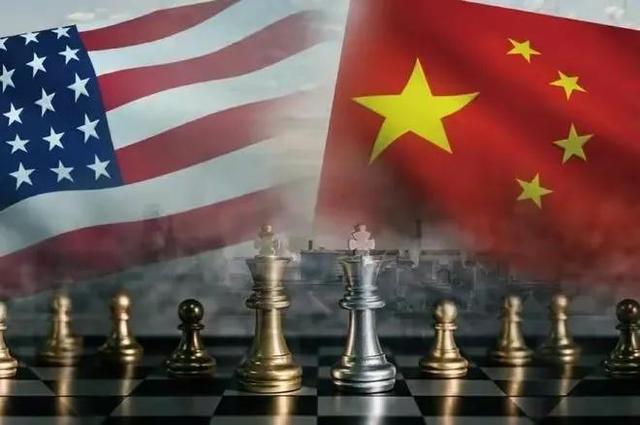

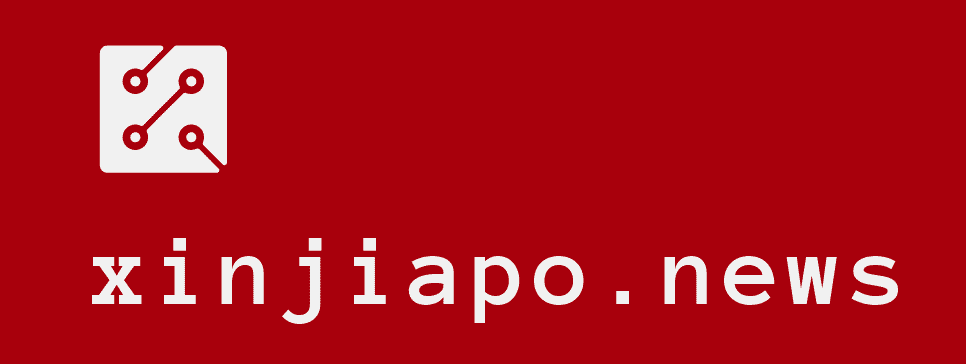
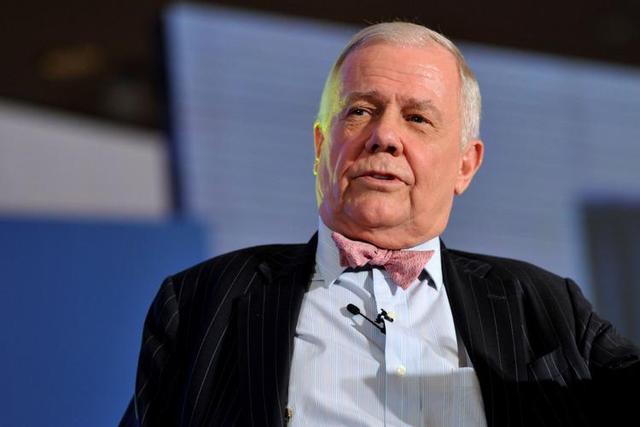










评论